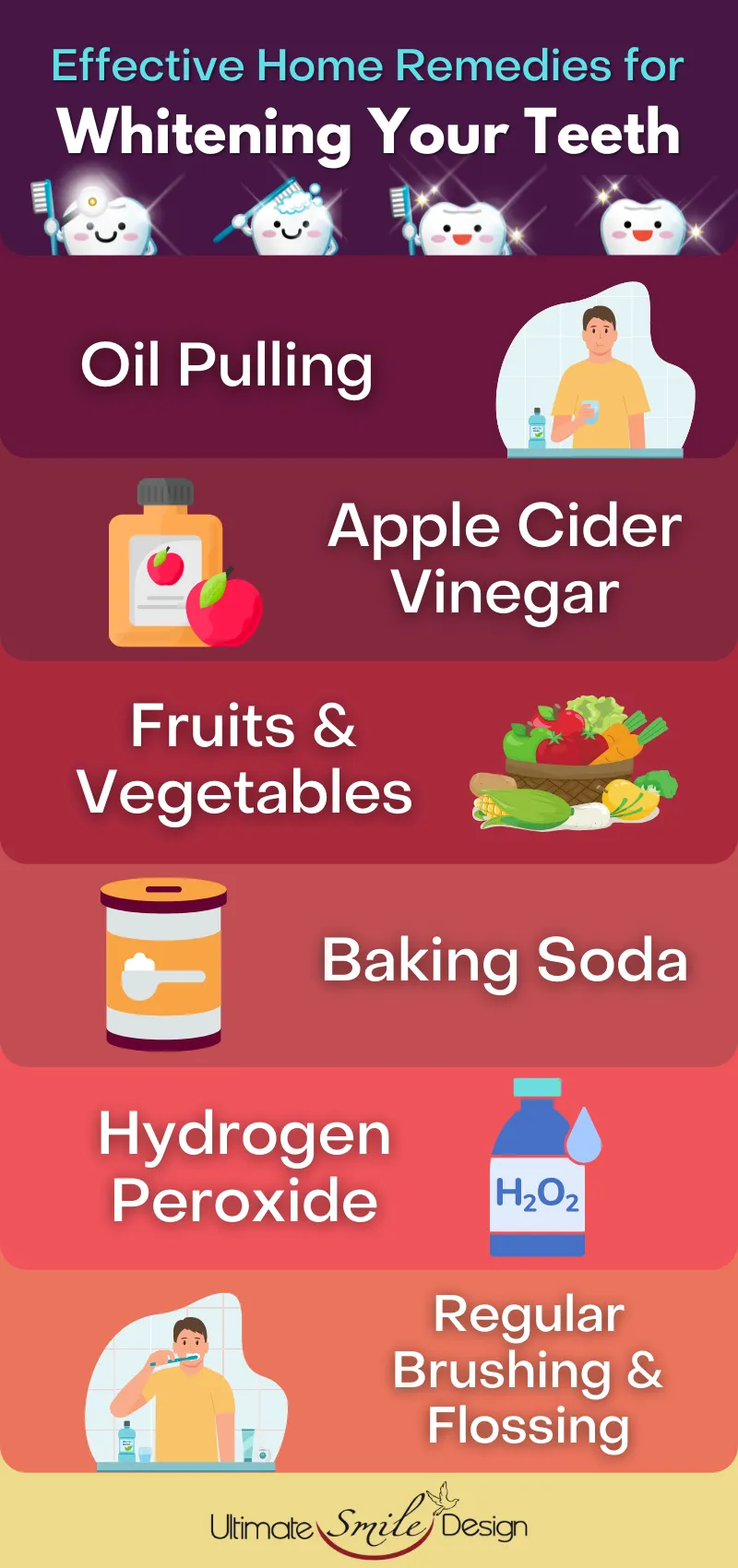Understanding Teeth Stains and Discoloration
Achieving a brighter smile is a common goal, and understanding the causes behind teeth stains and discoloration is the first step. Teeth can lose their natural white shade for a variety of reasons, ranging from dietary choices to lifestyle habits and even underlying health conditions. Knowing the origin of these stains helps in choosing the most effective home remedies and treatments to restore your pearly whites. This section will explore the different types of stains and the factors that contribute to them, setting the stage for effective whitening strategies. By understanding the root causes, you can adopt preventative measures to maintain a brilliant smile long after you’ve achieved your desired shade.
Common Causes of Teeth Discoloration
Teeth discoloration is a multifaceted issue, with numerous factors contributing to the dulling of your smile. These causes can be broadly categorized into external and internal factors, each necessitating a different approach to whitening. External stains typically result from surface-level discoloration due to food, drinks, and lifestyle habits, such as smoking. Internal stains, on the other hand, originate from within the tooth structure itself, often due to aging, certain medications, or dental trauma. This overview helps to better understand the appropriate treatments to take.
External Stains
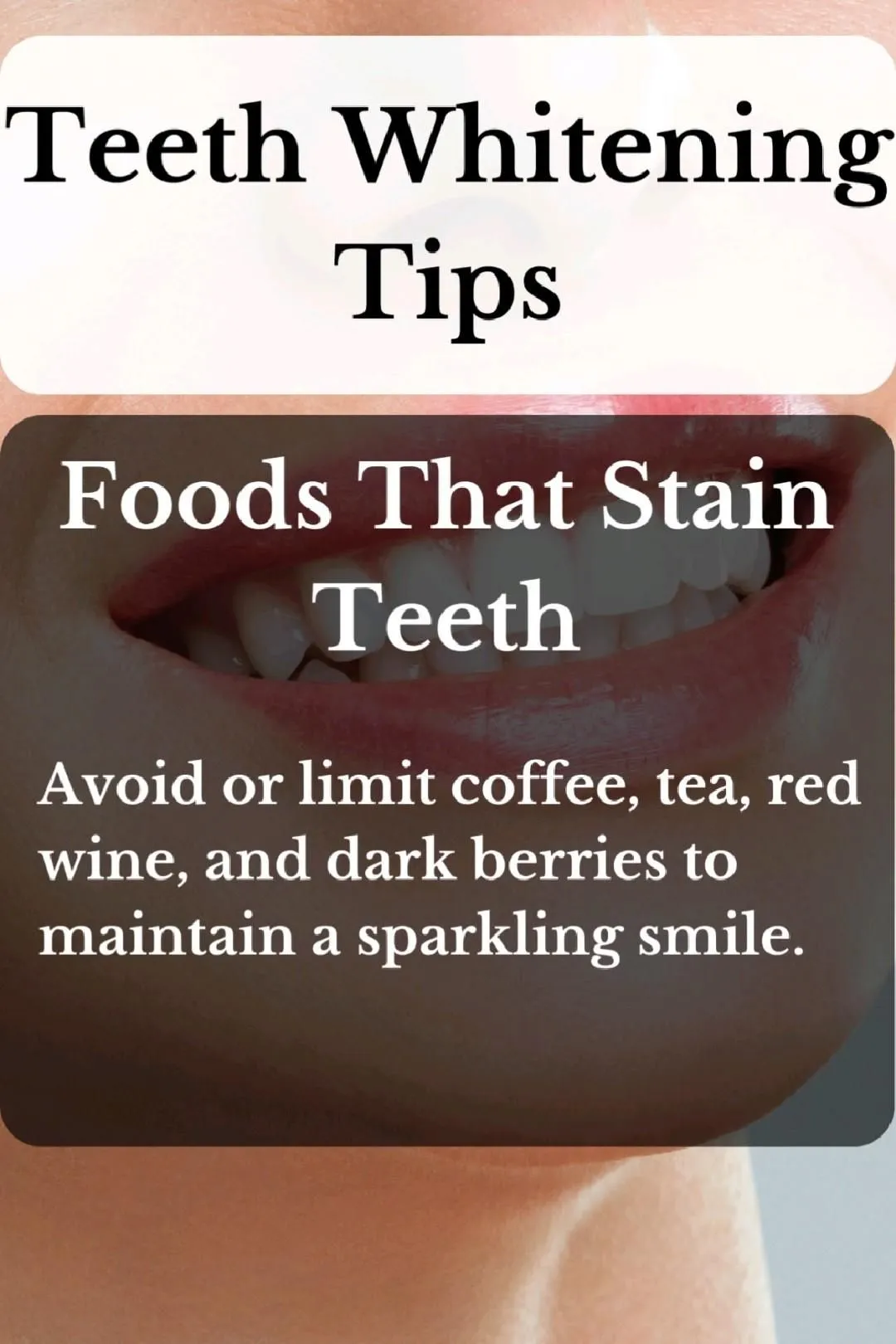
External stains are the most common type, and they occur when stain-causing substances accumulate on the enamel surface. This type of discoloration is often easier to address with home remedies and professional cleaning. Consuming highly pigmented foods and beverages, such as coffee, tea, red wine, and berries, can contribute to external staining. Tobacco use is another significant culprit, as the nicotine and tar in cigarettes and other tobacco products readily stain teeth. Good oral hygiene, including regular brushing and flossing, plays a crucial role in preventing and removing external stains. This prevents these pigments from setting in. Consider using whitening toothpaste and mouthwashes to remove and prevent stains.
Internal Stains
Internal stains are less common and typically more challenging to treat. They originate within the tooth structure itself, often due to factors such as aging, genetics, or dental trauma. Certain medications, like tetracycline antibiotics taken during tooth development, can also lead to internal staining. Excessive fluoride exposure during childhood is another cause. In such cases, home remedies may not be as effective, and professional treatments like in-office bleaching or veneers might be necessary. Addressing these stains effectively often involves a more comprehensive approach, including consultation with a dentist to determine the best course of action.
Home Remedies for Instant Teeth Whitening
Several home remedies can help you whiten your teeth and achieve a brighter smile. These methods are generally less expensive than professional treatments, and many can be easily incorporated into your daily oral hygiene routine. However, it’s essential to use them cautiously and consistently to see results. The effectiveness of these remedies can vary depending on the type and severity of the stains, as well as individual tooth enamel sensitivity. When using home remedies, be mindful of your oral health, and consult with a dentist if you experience any adverse effects. Patience and consistency are key to unlocking the whitening potential of these accessible and practical solutions.
Baking Soda for Whitening
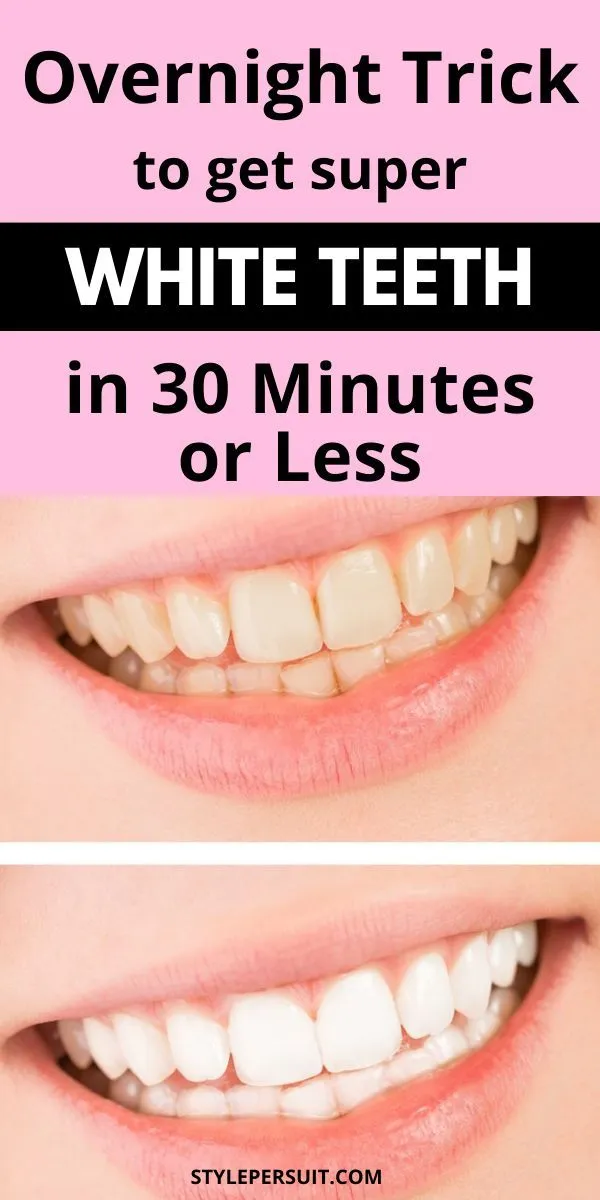
Baking soda (sodium bicarbonate) is a mild abrasive that helps to scrub away surface stains. It has natural whitening properties and can remove stains caused by coffee, tea, and other foods. It is a common ingredient in many toothpastes and is readily available and affordable. It works by gently polishing the enamel, which helps remove accumulated debris and discolorations. When used correctly, baking soda can be an effective and safe addition to your oral hygiene routine. However, it is important to avoid excessive use, as it can potentially damage enamel. It is also worth mentioning that the effects can be gradual and might take some time before you can see noticeable results.
How to Use Baking Soda Safely
To use baking soda for teeth whitening safely, mix a small amount (about a teaspoon) with enough water to form a paste. Apply this paste to your toothbrush and brush your teeth gently for about two minutes. Rinse thoroughly afterward. It is best to use baking soda no more than once or twice a week to avoid eroding the enamel. Always brush gently to prevent abrasion. If you have sensitive teeth, consider mixing the baking soda with your regular toothpaste to dilute it. Discontinue use and consult with a dentist if you experience any increased sensitivity or discomfort. Regular dental check-ups are also important to monitor the health of your teeth.
Hydrogen Peroxide and Teeth Whitening
Hydrogen peroxide is a mild antiseptic and bleaching agent that is a common ingredient in many teeth whitening products. It works by oxidizing the stain molecules on your teeth, making them appear whiter. You can use hydrogen peroxide at home by rinsing with a diluted solution or using a mixture with baking soda to create a whitening paste. When used correctly, hydrogen peroxide can provide noticeable whitening results. It is essential to use a solution with the correct concentration to avoid damaging your gums or enamel. The concentration of hydrogen peroxide should be no more than 3%. Ensure proper usage by consulting with your dentist or following instructions on the product label carefully.
Mixing Hydrogen Peroxide and Baking Soda
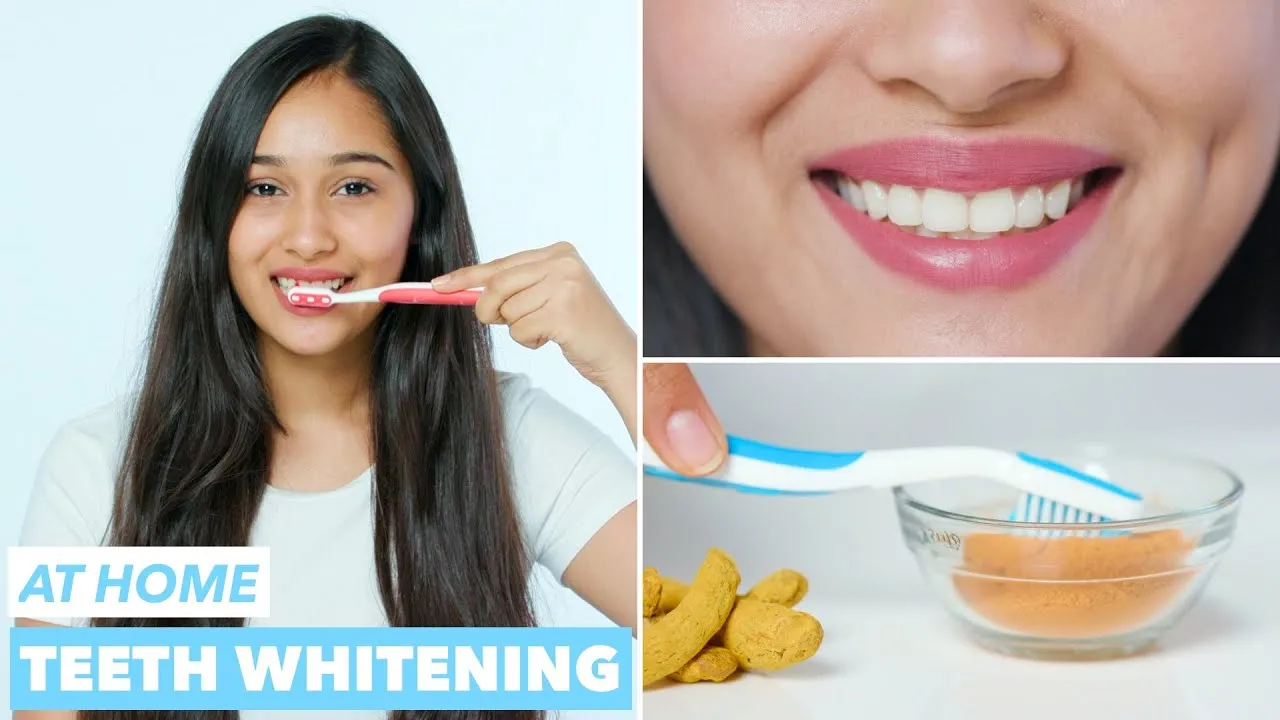
Combining hydrogen peroxide and baking soda can create a potent teeth-whitening paste. Mix a small amount of baking soda with hydrogen peroxide to create a paste. Apply this paste to your toothbrush and gently brush your teeth for approximately two minutes. Rinse thoroughly with water. Use this mixture sparingly, perhaps once a week, to avoid any potential enamel damage or gum irritation. It is recommended to start with a lower concentration of hydrogen peroxide (3%) to test your sensitivity. If you experience any discomfort or increased sensitivity, discontinue use and consult your dentist. Regular dental check-ups are critical for ongoing monitoring.
Oil Pulling with Coconut Oil
Oil pulling is an ancient Ayurvedic practice involving swishing oil in your mouth to remove bacteria and toxins. Coconut oil is a popular choice due to its pleasant taste and antimicrobial properties. The process helps reduce plaque buildup and removes bacteria, which indirectly contributes to a brighter smile. While oil pulling may not produce dramatic whitening effects, it can improve overall oral health and remove some surface stains. Consistent practice, along with proper brushing and flossing, can help maintain a healthy and bright smile. Choose high-quality, extra-virgin coconut oil for the best results. Always combine oil pulling with your existing oral hygiene routine.
Benefits of Oil Pulling
Besides potential whitening, oil pulling offers several oral health benefits. It can reduce the amount of harmful bacteria in your mouth, helping to prevent cavities, gum disease, and bad breath. Coconut oil also has anti-inflammatory properties that can soothe irritated gums and reduce inflammation. Regular oil pulling can improve overall oral hygiene, contributing to a healthier mouth environment. It can also freshen your breath and help reduce the risk of other dental problems. While oil pulling is a supplementary practice and not a replacement for regular brushing and flossing, incorporating it into your routine can boost your oral health and contribute to a brighter smile.
Foods and Habits to Avoid
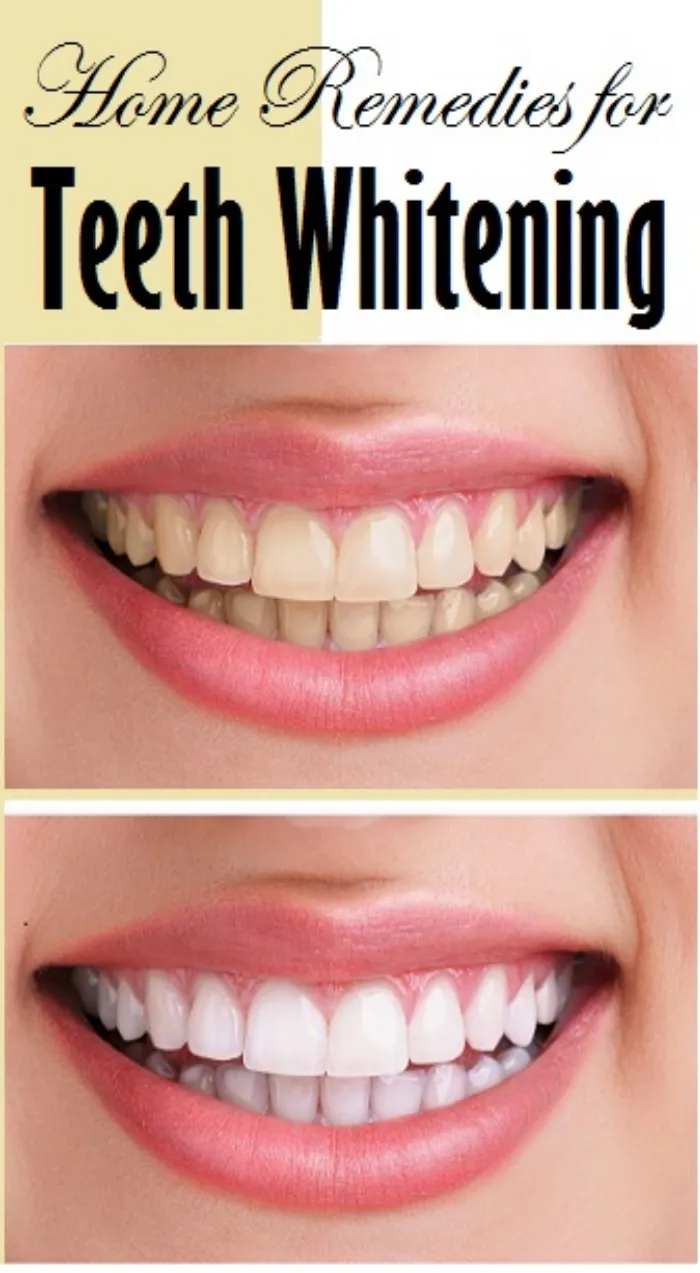
To maintain a white smile, it’s essential to be mindful of the foods and habits that can cause teeth staining. Reducing or avoiding these factors can make a significant difference in the longevity of your whitening efforts. Dietary choices and lifestyle habits have a considerable impact on the appearance of your teeth. By making informed choices about what you eat and drink, and avoiding certain habits, you can protect your teeth and maintain a brighter, more attractive smile. Making these small but important changes contributes to better oral health.
Coffee, Tea, and Wine
Coffee, tea, and red wine are notorious for staining teeth. These beverages contain pigments called tannins, which bind to tooth enamel and cause discoloration. If you enjoy these drinks, consider drinking them in moderation and rinsing your mouth with water afterward to minimize staining. Using a straw can also help reduce direct contact between the liquid and your teeth. Another good practice is to brush your teeth about 30 minutes after consuming these beverages. Additionally, you can use whitening strips or toothpaste to maintain your teeth’s whiteness.
Smoking and Tobacco
Smoking and using tobacco products are among the most significant contributors to teeth discoloration. The nicotine and tar in tobacco leave behind unsightly yellow and brown stains that are challenging to remove. Additionally, smoking increases your risk of developing gum disease and oral cancer, further impacting your oral health. Quitting smoking is the best way to protect your teeth and overall health. It also significantly improves the appearance of your teeth. Consult with your dentist to learn about other methods to remove stains caused by smoking.
Maintaining Your White Smile
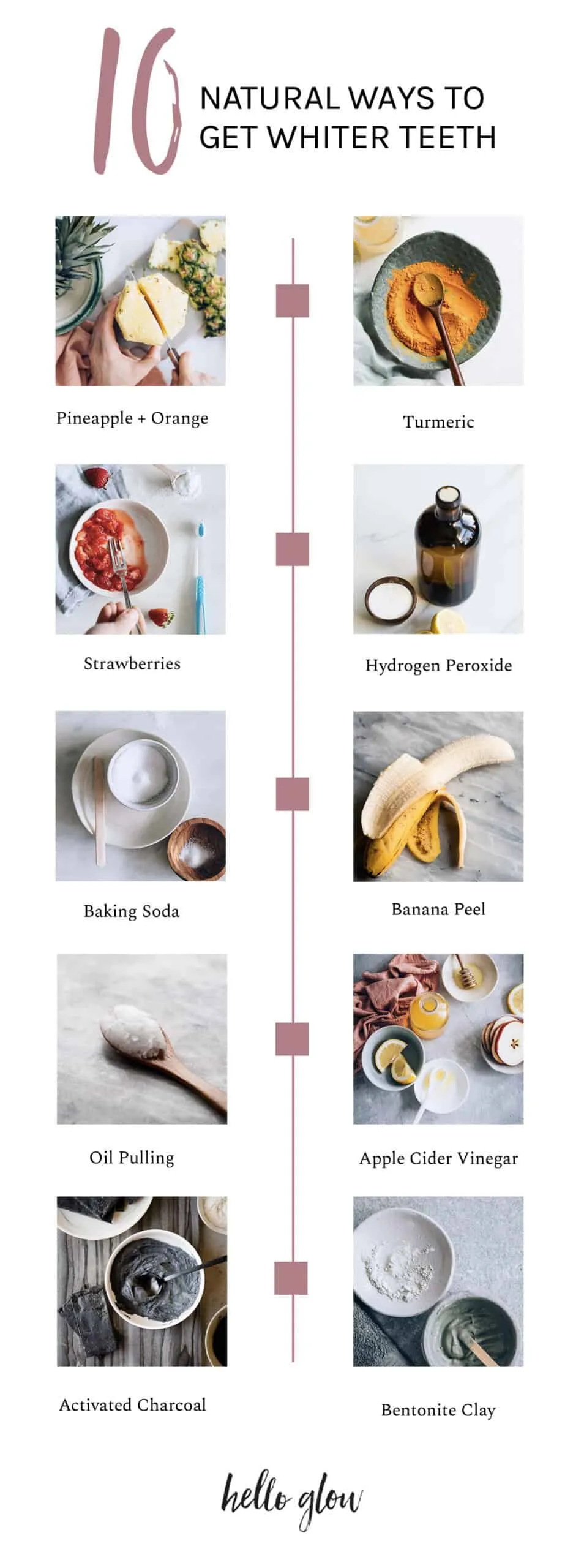
Maintaining a white smile requires consistent care and attention. After whitening your teeth, it’s important to adopt a proactive approach to prevent future staining. This involves good oral hygiene practices, regular dental check-ups, and mindful dietary choices. By following these guidelines, you can keep your teeth bright and healthy for years to come. This section will discuss the steps to take to preserve your white smile and keep your teeth looking their best. Maintaining a white smile is an ongoing commitment.
Regular Dental Check-ups and Cleanings
Regular dental check-ups and professional cleanings are crucial for maintaining a white and healthy smile. Your dentist can remove plaque and tartar that contribute to staining and discoloration. Professional cleanings will also help to remove surface stains that are not easily removed at home. Additionally, your dentist can identify and address any underlying oral health issues. Regular check-ups ensure that your teeth remain in optimal condition and enable early detection of potential problems. They can also advise you on the best oral care practices. Schedule your routine appointments to maintain your smile.
